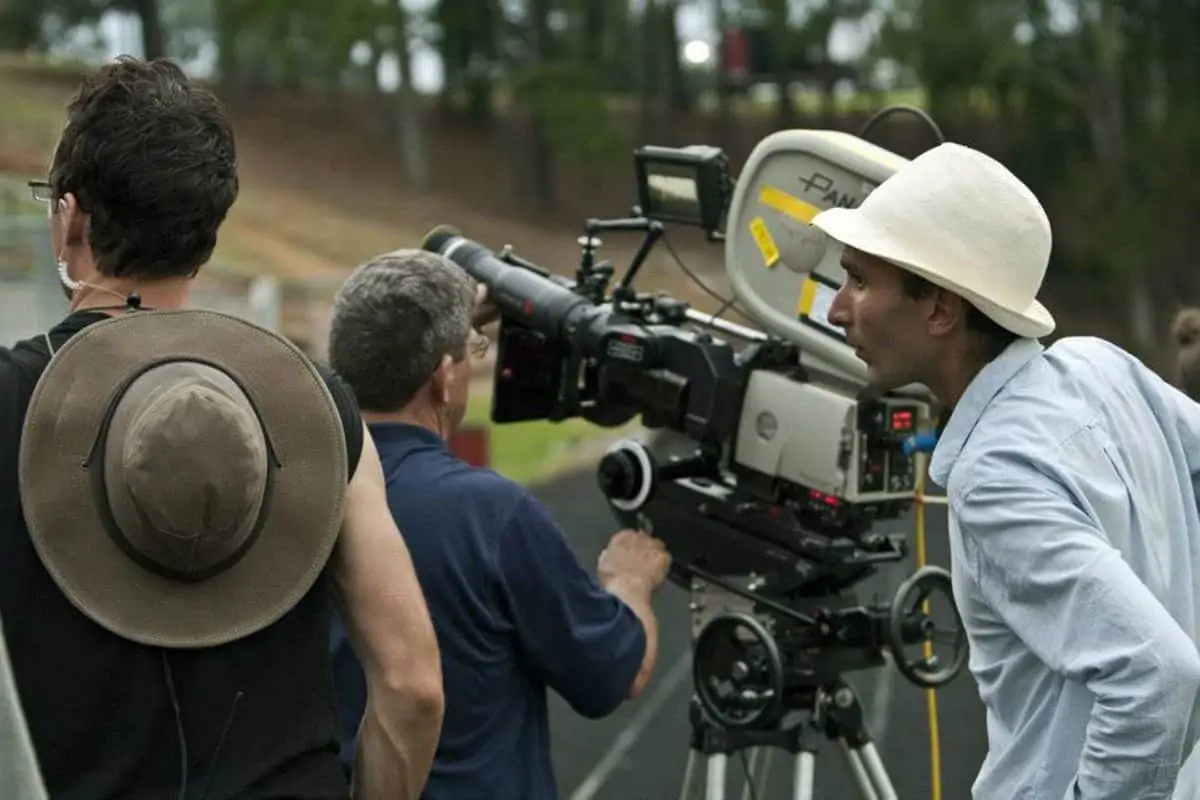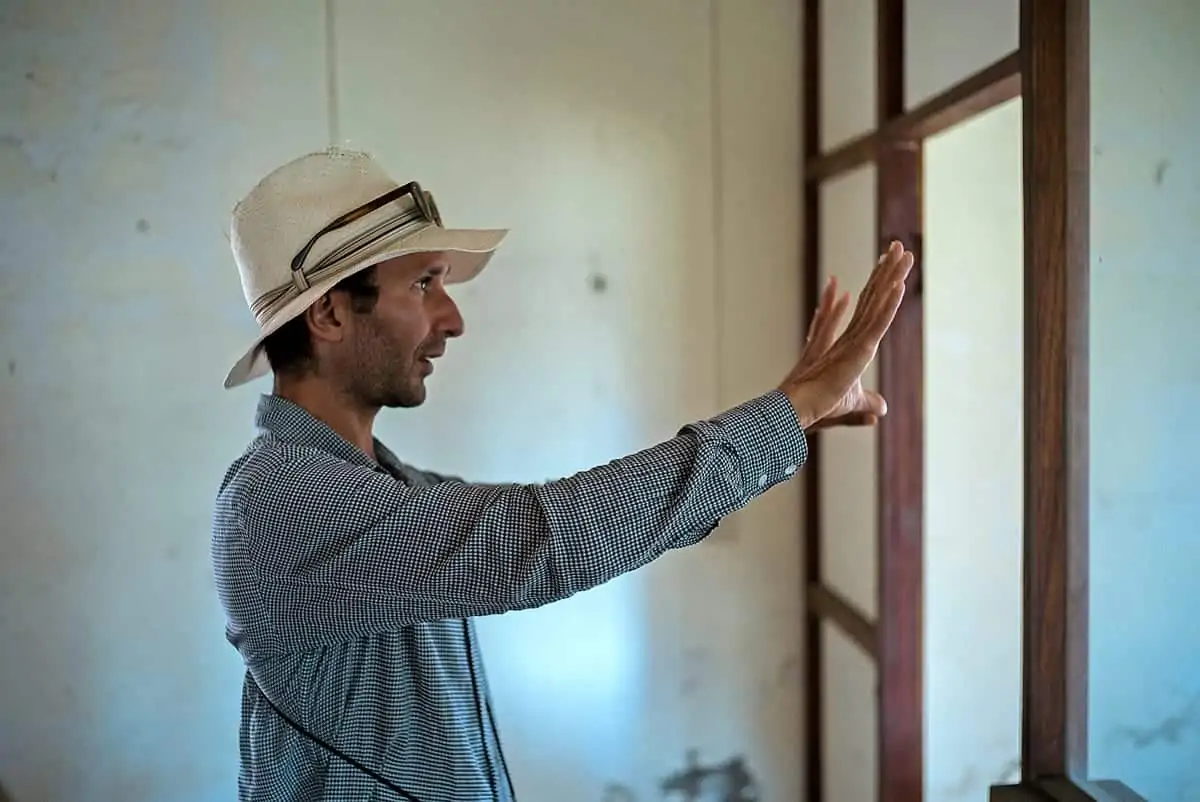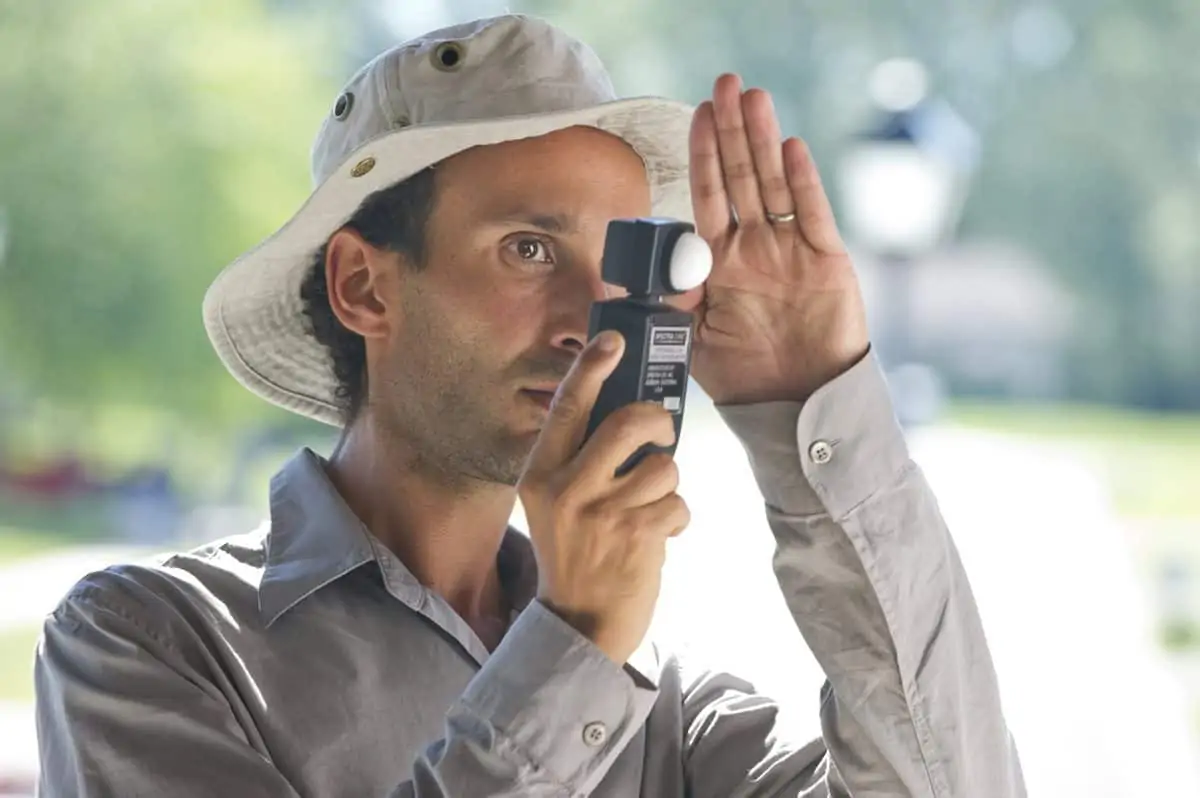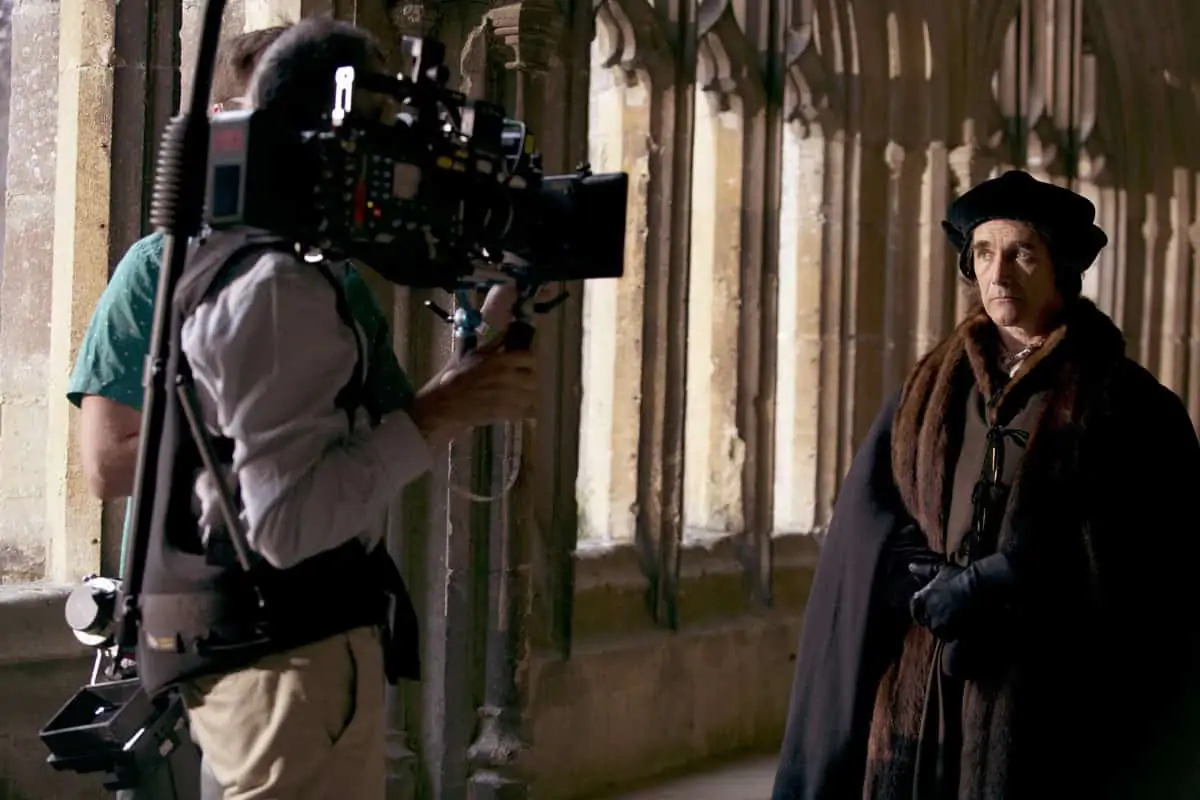Back to Basics
Jess Hall BSC / Transcendence
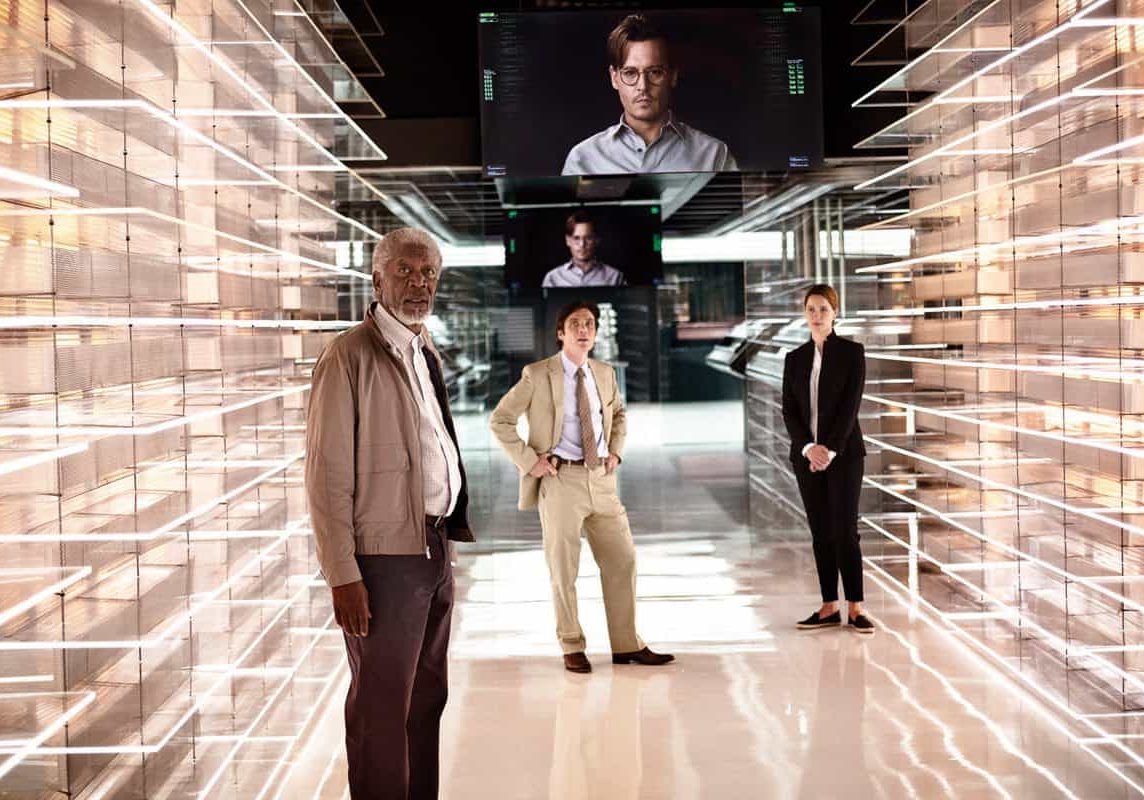
Back to Basics
Jess Hall BSC / Transcendence
Jess Hall BSC has a deep respect for the craft of filmmaking and where it comes from. He’s apt to embrace technology when needed, but is also aware that there are good systems and practices that have built up for over 100 years of filmmaking that he’s “just not willing to throw out the window.”
It’s this reasoning that makes Hall a natural at leaping from low-budget Sundance hits, like James Ponsoldt’s The Spectacular Now, to a multi-million dollar Johnny Depp-vehicle with one of the best-known cinematographers of the last two decades as his director.
“I’m going to do the best project that’s offered to me regardless of its scale,” Hall says. “The joy of it for me is the same way I get over it being potentially daunting – it’s all about the material.”
Long-time cinematographer and first-time director Wally Pfister ASC rewrote many drafts of the sci-fi thriller Transcendence, had a huge cast, multiple filming locations and an ambitiously technical story on his plate. Those factors alone made it necessary for him to choose a partner by his side and behind the camera that he would not have to chaperone.
“I wasn’t looking for a big film [for my first directing experience],” admits Pfister. “I was just looking for an interesting story to tell. My experience on large action films in the past left me comfortable with the larger set pieces we had on Transcendence. [Simply put], Jess seemed to have the sensibilities and lighting taste that I was looking for.”
Pfister was careful about who he chose to direct the photography of his first feature film, and Hall believes he was hired partly based on his lighting techniques in Brideshead Revisited, which Pfister really took to.
“We’re both very influenced by natural light as a point of departure,” says Hall. “At the same time, we are incredibly specific about the direction and the quality of the light we create. Wally was impressed by the boldness of the lighting in Brideshead, the contrast and the use of dramatic side-light within a naturalistic context.”
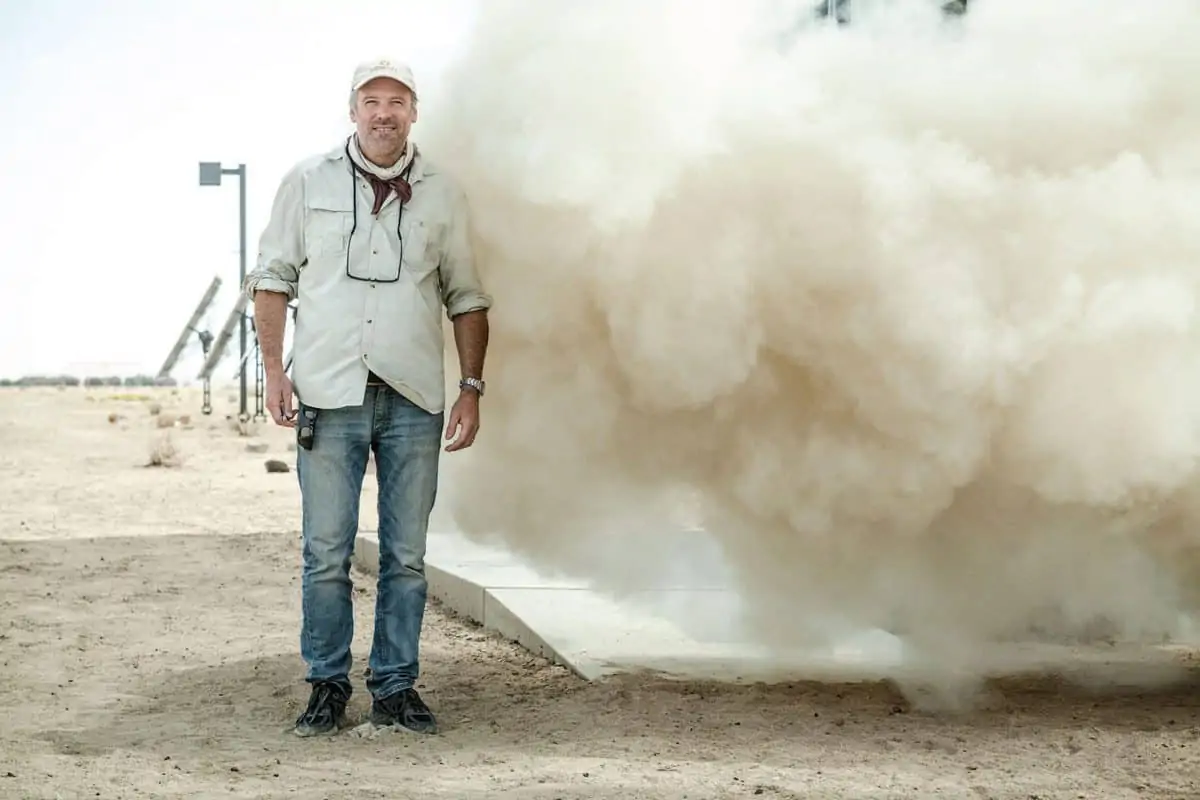
In religion, “transcendence” refers to the aspect of God's nature and power that is independent of the material universe and above and beyond all physical laws. In Transcendence, Depp’s character is a terminally-ill scientist who invents a way to download his mind into a computer, granting him power to the likeness of a God.
“It is a complex film with multiple themes running through it,” offers Hall, “but at its heart are questions about technology, human beings’ relationships to it and the nature of human consciousness. The ideas and the concepts around technology in the film are based on things that are happening right now, and that’s really what interested me.
“We’re all living through it and watching technology shape our lives and that of future generations – brain mapping, artificial intelligence, the idea of a sentient machine and singularity – the research is being done right now. During pre-production, we were working alongside [University of California] Berkeley professors who are doing critical research on the mapping of the human brain. It was exhilarating to have a script that was so grounded not in what technology might be, but where it’s heading right now.”
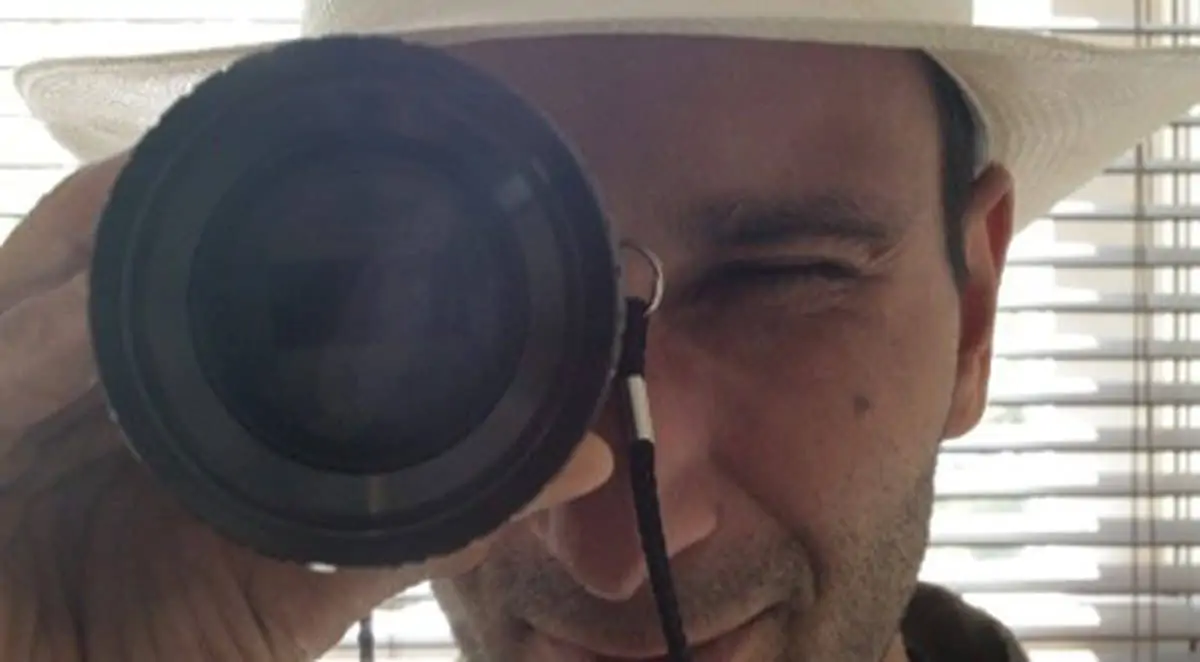
Hall says it was these ideas that shaped much of the visual approach. There are some advanced technological situations and landscapes in the script, but it starts grounded in the home of Will, a Berkeley professor (Depp) and his wife Evelyn (Rebecca Hall).
“I think it goes back to grounding the story in a tactile reality that best depicts the world we were trying to represent,” says Hall. “We didn’t want a sterile or antiseptic representation of a technological future. That goes against all the heart inside the story.”
Both Pfister and Hall have shot all their movies on film, so going into Transcendence they both knew that the only way they were going to get the visual quality they wanted was by shooting on film again.
“Some paintings require oils, others acrylics,” begins Hall. “It’s partly a matter of taste but also aesthetics. When you look at an image originated on film it is encoded with a certain meaning and can carry with it a certain resonance. For me it goes back to my first cinema experiences as a child: Gone With The Wind followed by 2001: A Space Odyssey. Those images remain somehow burned into my retina, etched into my subconscious. In my mind, 35mm Anamorphic still embodies the natural cinematic format. It has the versatility to communicate the most intimate of human gestures alongside epic vistas with equal authenticity.”
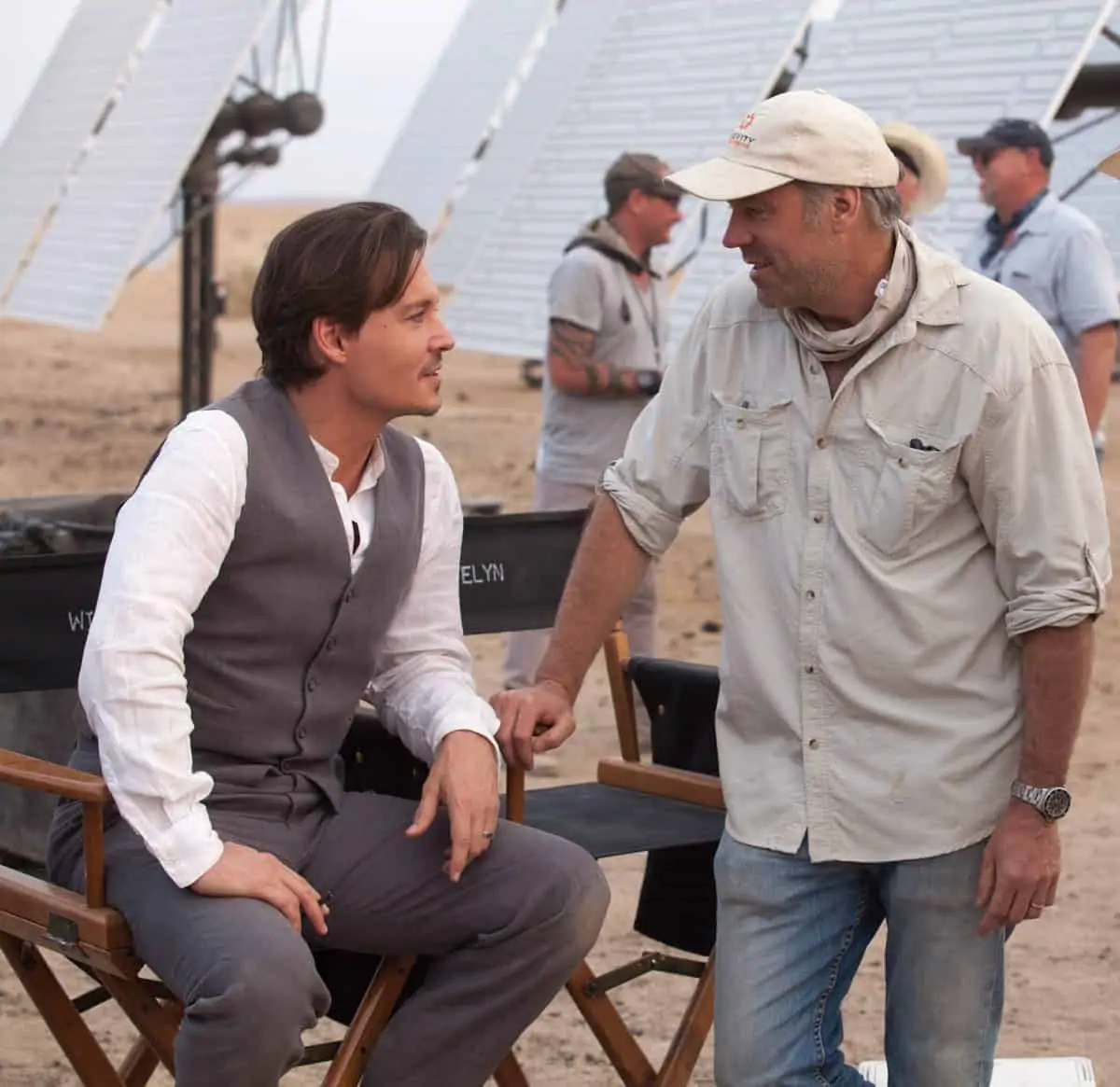
"We didn’t want a sterile or antiseptic representation of a technological future. That goes against all the heart inside the story."
- Jess Hall BSC
Throughout Pfister’s body of work – Momentum, Inception, the Dark Knight franchise – Hall observes that there has been a blending of conceptual high-tech visuals and scenarios with a rough and ready reality.
“We’re both really drawn to that approach,” says Hall. “It’s in our nature. Wally began as a news cameraman and I wanted to be a photojournalist, so we have an instinct for letting the camera find its natural place. There’s a saying by Robert Capa, ‘If your photos are not good enough, you’re not close enough.’ Whilst at times my lighting might be quite elaborate, the camerawork can still be instinctive and responsive, creating a counterpoint.”
Because it was such a diverse film in terms of sets and locations, Hall kept it to two film stocks: Kodak Vision3 500T 5219 and Vision3 250D 5207. “With all the diversity inherent in the locations it was important to keep some consistent elements. I didn’t want the audience to ever step out of the film because of unnecessary inconsistencies. I like this approach because I become very familiar with the curve of the emulsion and I can manipulate it within my lighting strategies and push boundaries.”
Filming on 35mm Anamorphic with little-to-no digital manipulation meant, “I had to be incredibly consistent with colour temperature and exposure,” says the London-native. “The degree of control in-camera was very high and it was very precise work. Also the fact that we would be colour timing in the lab, the old fashioned way, doing a photochemical finish, meant that the manipulation of colour and contrast at the final stage would be very limited.
Whilst this in-camera approach is much more complicated than using heavier VFX, ultimately Hall feels it was more satisfying. “It puts the control back in the hands of the filmmakers,” he adds, “and Nathan [McGuinness, visual effects supervisor from London-based Double Negative] completely encouraged and supported this approach.”
From the get-go, McGuinness was on board with what Pfister and Hall wanted to accomplish with integrating the VFX into the photographic palate, looking to blend it seamlessly. “Many of the decisions we made were about trying to not inhibit the natural photographic process but still giving Nathan the elements he needed,” says Hall.
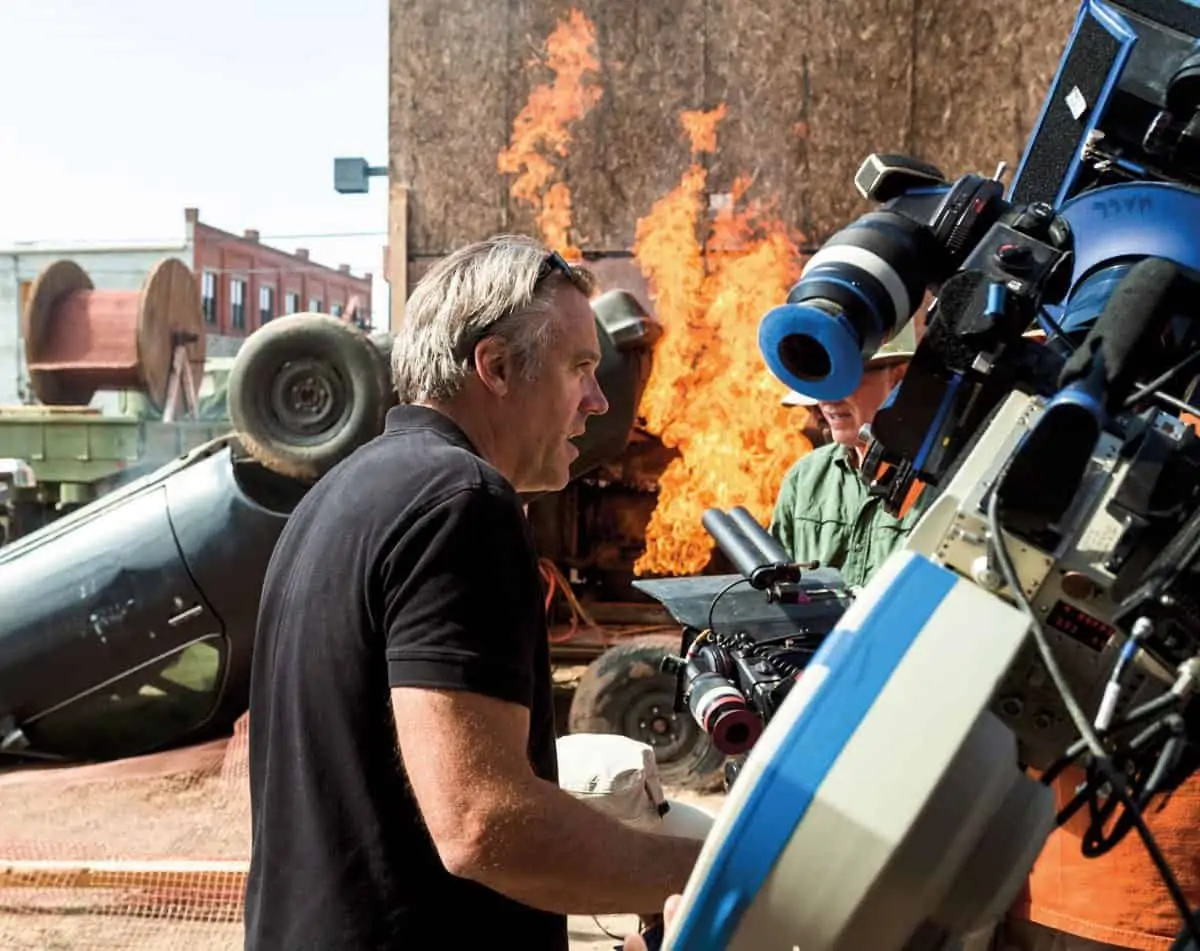
Approximately 90 percent of the screens and projections, of which there are many throughout the movie, were achieved in-camera. Halfway through, Will ceases to exist as a person and becomes a virtual presence projected on-screen. All of that was a tricky process to achieve in-camera. However, one of the main reasons for pursuing this approach was to enable key dramatic scenes between Will post-“transcendence” and Evelyn to be performed together. Pfister had a live booth set up on a corner of the set or nearby just off screen, and they’d live feed Depp through onto the projection so that the acting process could be played out in real time.
“The performances would not be the same without having done this,” asserts Pfister. “It was essential. Johnny is a great actor and I wanted his spontaneous and genuine reactions and interactions with Rebecca [Hall], Morgan [Freeman] and Cillian [Murphy].”
Hall’s biggest challenge on an already challenging set was Evelyn’s residence, which becomes an underground bunker in the latter part of the story. It was a black set with a reflective black proxy-resin floor.
“I was balancing a dozen in-camera projections onto various materials, including glass, with practical lighting and a moving camera on an all-black enclosed set with solid 10-foot black ceilings,” half-grins Hall. “We certainly didn’t shy away from difficult photographic challenges.”
Hall credits the success of this task (and beyond) to the close collaboration he enjoyed with production designer Chris Seagers (Man On Fire, X-Men: First Class). That relationship has been a significant one to him on every production, but it was particularly important for this project because the sets that were built were complex, with challenging proportions and required a lot of the lighting to be integrated into the design.
“We were essentially in a sealed black box and Chris was helpful at getting the light sources where I wanted them. He’d feed me the designs as they evolved at every stage and I’d mark on it where I needed the sources as the blocking for particular scenes developed. In this case we utilized 15-inch square recessed sources in the ceiling.”
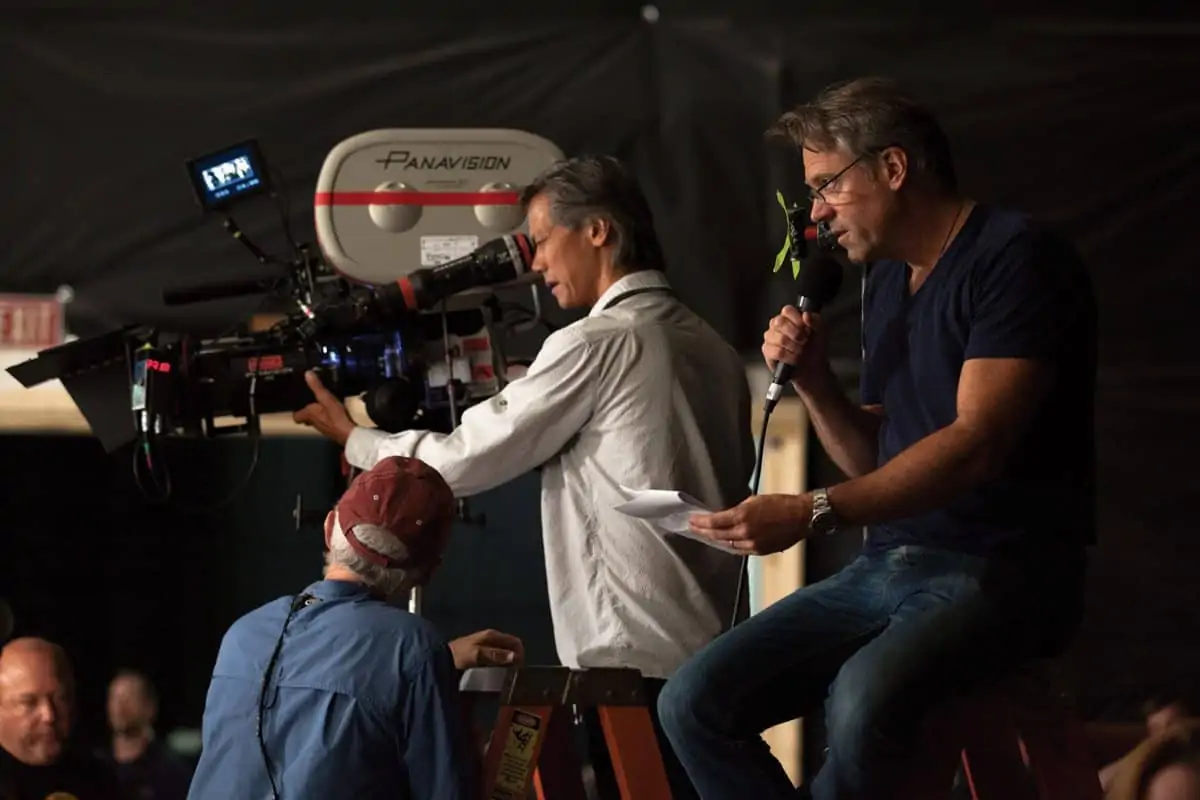
In Evelyn's residence they had eight Barco (26K ANSI lumens) projectors on the walls of the set, which were created from Stewart Filmscreen 150 RP material, and a further four Barco (20K ANSI lumens) projectors back-projected onto glass panels inside the room that were covered with a thin semi-transparent material. Hall explains: “We spent a lot of time testing projections onto various materials. I was influenced by the work of the video installation artist Bill Viola and his experimentation with multi-layered projections onto different materials.”
Hall worked closely with supervising video engineer Monte Swann. WatchOut, by Dataton, gave them the ability to mix multiple layers of graphic material quickly within a single screen. It also provided almost infinite flexibility with the layering, luminance and positioning of each layer of imagery. Each projection screen could have three or four different layers that were all independently controlled. Swann and his team coordinated and engineered the projectors whilst being directed by Hall and Pfister to vary the elements, change their position, color temperature or luminance as required.
The most important element in all this was Depp’s live feed that could appear or disappear on any projection as required. Dialogue scenes were played out between him and Rebecca Hall in real time allowing Pfister to focus on performance.
“It was a great challenge to achieve this in camera,” Hall recalls, “but the results were both fascinating and rewarding. I was locked into my lighting level by the level of the projections and for practical reasons larger projectors were not an option. I was shooting at about a T2.5 in that interior whilst dealing with reflections in the glass, balancing the projectors not only for exposure but also colour balance, and that’s before I even had an actor wandering around interacting with a screen and being followed by Scott Sakamoto on Steadicam. It was such a photographically challenging environment, but visually one of the most interesting.”
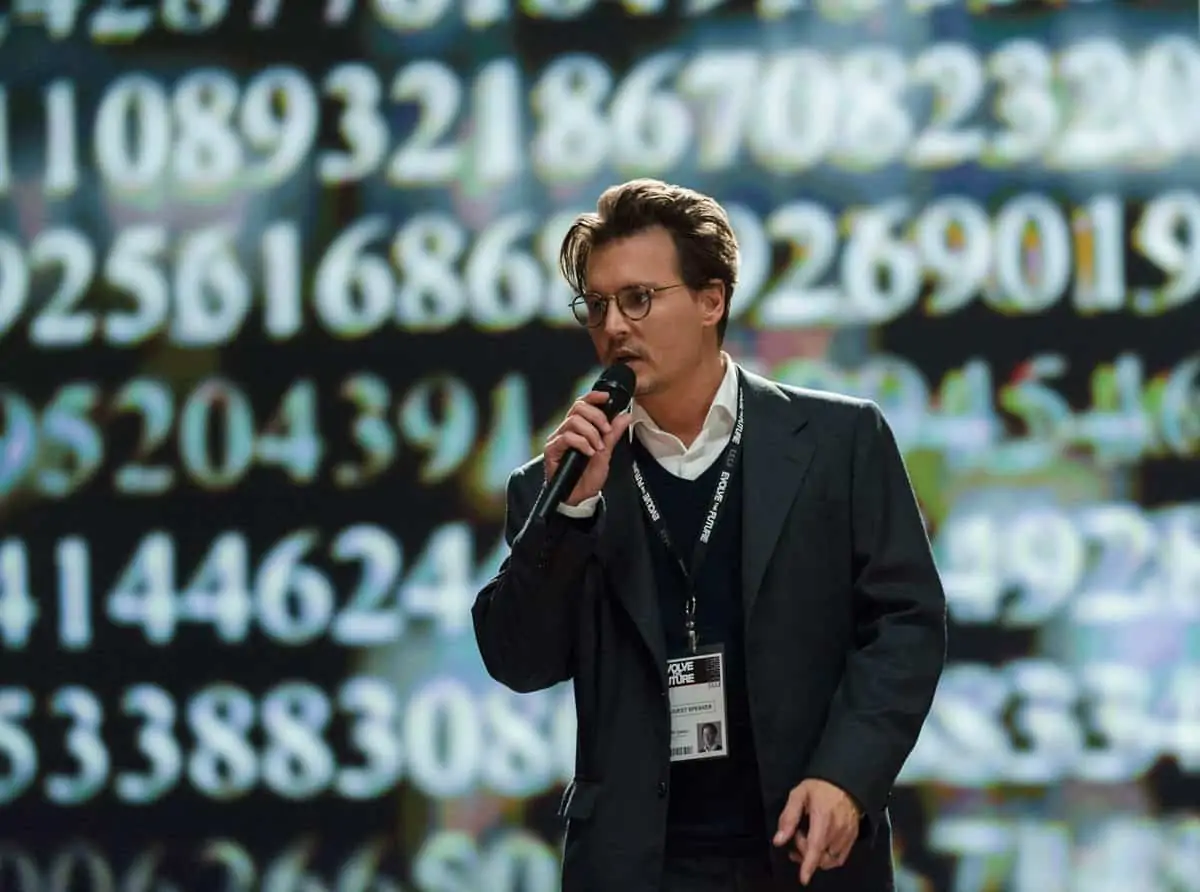
Pfister of course came into Transcendence with very particular ideas about how things should look, but the shorthand with Hall was almost immediately and innately present because of his background as a DP. “Those conversations could happen very quickly and without much room for misunderstanding” says Hall. “Like the idea of darkness. It’s quite an abstract concept, but, when Wally and I talk about darkness, we can immediately clarify it in technical terms. Therefore, between the two of us, darkness becomes a quantifiable subject.”
In scope and concept, Transcendence is by far the biggest film Hall has shot. And there were plenty of reasons for him to feel daunted going into it, but at the end of the day, “I go to work and I shoot with a camera,” he states plainly. “I’ve always found that regardless of scale I try to apply the same logic and depth of thought to each project.”
Hall continues: “Wally was known to be a very fast cameraman and I wanted to make sure I didn’t keep him waiting! I was extremely time-conscious and this meant planning flexible lighting strategies that could accommodate quick turnarounds and adapt to changes in blocking. We had an excellent crew and I made sure we were always one set ahead, so we could start shooting quickly. Some days we completed 30 set-ups before lunch.”
Despite long days Hall, Pfister and the head of departments watched 30-90 minutes of 35mm print dailies via Fotokem every day after filming. Hall believes that process was key to the coherence of what they were doing.
“There was always a back-and-forth on things we liked, didn’t like, things we could improve on, etcetera,” he says. “It became an incredibly well-oiled machine. Watching projected print dailies forces you to face the decisions you made every day. You see your successes, and failures, looking back at you from the screen and the result is finding myself constantly wanting to do better. I want to instill that process on every project now regardless of format. It really helps everyone tune into your vision. That gathering of the core crew, that analysis and where that leads you in terms of decisions you make the next day on set, it’s invaluable.”







